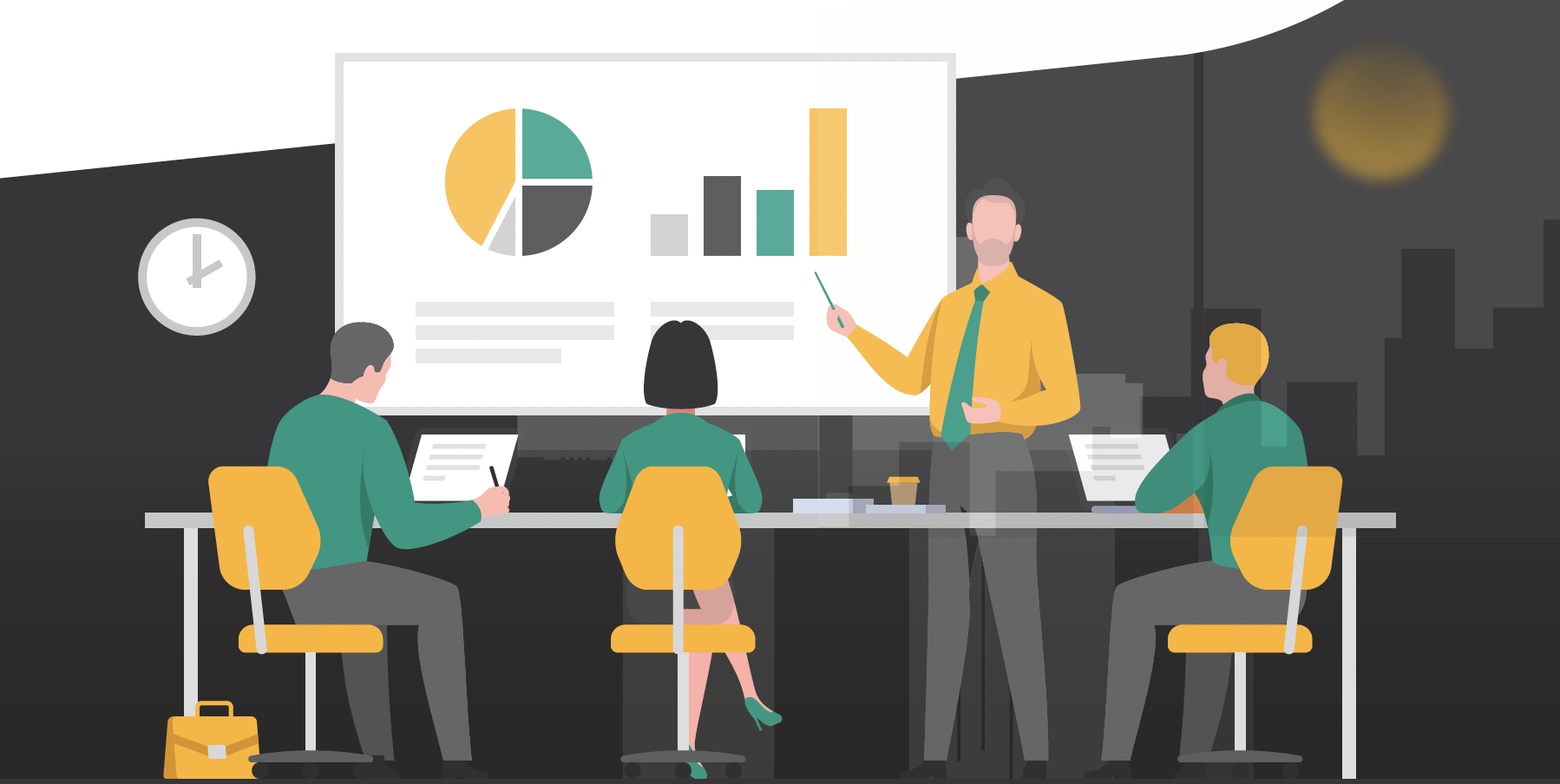
More and more entrepreneurs are aware of the enormous value of an excellent user experience. What valuable information does consumer behavior give us? What problems do users encounter? And what can we do to prevent these problems?
I often come into contact with clients because they’ve identified certain technical defects or received complaints from their clients, but have not yet been able to find a definitive solution. Through Sentia’s ‘Real User Monitoring’ (RUM) I take them through an in-depth analysis of what the end-users are experiencing, so we can quickly get to the heart of any problems and work on concrete solutions. The results not only optimize the users’ experience, but also affect all layers of an organization.
Large companies such as Ahold, Tommie Hilfiger, UWV and CBR have experienced the same challenges and successfully implemented RUM. I would like to tell you more about what Real User Monitoring entails, about the technique that makes it so unique and about my experiences with this solution in practice.
The roots of Sentia’s Real User Experience
From a monitoring perspective, Sentia has been working on solving client problems in a targeted way for years. At first, our focus was primarily on IT infrastructure and its performance as defined by classic APM. But it became increasingly clear that good performance is mainly about the users’ experience. After all, users are the ones who directly experience what is happening when they are using your application. The first step in measuring user experience involved setting up simulated user behavior through a synthetic monitor. But these simulations did not always turn out to represent the actual user experience. We needed something more. This is where the search for the perfect solution, which we eventually found in the form of Real User Monitoring (RUM), began.
The basic goal of RUM is concerned with monitoring real users. People who use your website or app. Behind each application, no matter how big or small, there could be dozens of systems that need to work together in harmony to provide that perfect user experience. Web pages and web services are dynamic distributed systems that change on a daily basis. Changes in one system can affect all or certain others, making it very difficult to diagnose and solve performance issues. RUM closely follows every step a user takes, analyzes failures on their route and provides the aggregated performance of every user. Data collected includes ‘page-load times’, time-to-first-byte and page ready time, ‘frontend DOM and render times’, redirects, ‘DNS-lookup and duration’, backend processing time, etc. When analyzing end user performance, the system does not only check objective technical errors; pattern recognition and the users’ subjective experience are also included in measurements, so we get a complete and holistic picture. The performance data is then organized based on location, device, operating system, and browser. It can be used not only from a (performance) monitoring perspective, but it also provides analytics for marketing departments, in-depth application behavior analysis for developers, etc.
The correlation between user action and the application landscape
RUM works together with classic APM: combining and correlating the users’ actions and their experience with the behavior of the application landscape. For example: a user experiences a response time of 8 seconds and therefore the user is frustrated. It is essential to know exactly what these 8 seconds consist of in order to correctly assess the situation and improve the application, thus to improve the users’ experience. It is precisely this correlation between the frontend and the backend that makes our solution so unique. For example: when measuring page load performance, a Javascript file is loaded on the visitor’s browser. A five-step process gathers all the information needed to get to the root of the problem: the script loads asynchronously; it gathers performance data as the page continues to load and sends collected data back to monitoring services. Here it is correlated with the results from APM to provide a full end-to-end overview of the actions taken by the application (e.g. method or service called, databased statement performance) to fulfill the user’s request. The processed data is returned organized by categories such as: the page(s) viewed, location, browser type/version, operating system, device, etc. The data provided gives developers the exact information they need to make sure every user of your app or website has a great experience. So in short: Real User Monitoring provides a connection, not only on your website or app, but throughout your organization: from marketing, to development, to the executive level.
RUM and Dynatrace; a golden combination
Sentia Real User Monitoring runs on Dynatrace’s software. Dynatrace leads the Gartner Magic Quadrant in the field of digital performance management. Dynatrace's unique solution has resulted in an unsurpassed way to link user actions to the code and actions of an application to determine its impact. By using Dynatrace's software, we can use the value of RUM in a simpler and more specific way, allowing us to help our clients quickly and in a targeted manner.
Sentia offers support, you own the data
When you want to use Real User Monitoring for your (web) application, Sentia guides you every step of the way. This means that we assist you with implementation, we take care of dashboard development, help you determine which data you want and need to see. Last but not least, we help guide and assist you in correctly interpreting the data as well. RUM data remains, of course, in your possession at all times.
RUM in practice: what are the results?
The special thing about Dynatrace in combination with RUM is that it means so much more to our clients than just collecting user experience data or looking for technical defects. We see this process happening at all of the companies we work with every day. It simply makes a difference in so many ways: application information suddenly becomes completely transparent, so marketers, developers, daily management (and even upper management) can work on solutions together. This results in an organization working in complete symbiosis, where departments no longer form separate 'siloes', but work together in an overarching, transversal way.



